Protect Your Valuable Assets: Implementing Best Practices for Robust IT Security and Access Controls
In an increasingly digital world, ensuring the security of your business’s IT infrastructure is paramount. Protecting valuable assets, and sensitive data, and maintaining privacy are crucial for the long-term success and reputation of your organisation. This article will provide you with a comprehensive guide on best practices for IT security and access controls, equipping you with the knowledge to safeguard your business from cyber threats and unauthorised access.
- Understanding the Importance of IT Security:
- Discuss the growing prevalence of cyber threats and the potential consequences of security breaches.
- Highlight the importance of a proactive approach to IT security and access controls.
- Conducting a Comprehensive Risk Assessment:
- Explain the significance of a thorough risk assessment to identify vulnerabilities and potential threats.
- Guide readers on assessing their organisation’s IT infrastructure and determining critical assets.
- Implementing Robust Access Controls:
- Discuss the importance of access controls in limiting user privileges and preventing unauthorised access.
- Highlight best practices such as role-based access control (RBAC), strong password policies, and multi-factor authentication (MFA).
- Educating Employees on Security Awareness:
- Emphasise the role of employees in maintaining IT security.
- Provide tips for educating employees on security best practices, such as phishing awareness and social engineering prevention.
- Regularly Updating and Patching Systems:
- Stress the importance of keeping software and systems up to date with the latest patches and security updates.
- Discuss the risks of outdated software and the benefits of implementing a robust patch management process.
- Network Segmentation and Firewalls:
- Explain the concept of network segmentation and its role in containing potential threats.
- Discuss the importance of firewalls as a key component of network security.
- Conducting Regular Security Audits and Penetration Testing:
- Highlight the significance of periodic security audits and penetration testing.
- Explain how these measures can help identify vulnerabilities and ensure ongoing security.
Implementing robust IT security measures and access controls is crucial for protecting your business from cyber threats and unauthorised access. By following the best practices outlined in this guide, you can significantly enhance your organisation’s security posture and minimise the risk of data breaches. Remember, a proactive and comprehensive approach to IT security is essential in today’s digital landscape.
With the implementation of strong access controls, regular security audits, employee awareness programs, and network segmentation, you can fortify your business against potential threats and build a secure environment for your valuable assets and sensitive data.
Remember, investing in IT security is an investment in the future of your business. Take action now to safeguard your organisation and stay one step ahead of cyber threats.
#ITSecurity #AccessControls #Cybersecurity #DataProtection #RiskManagement
